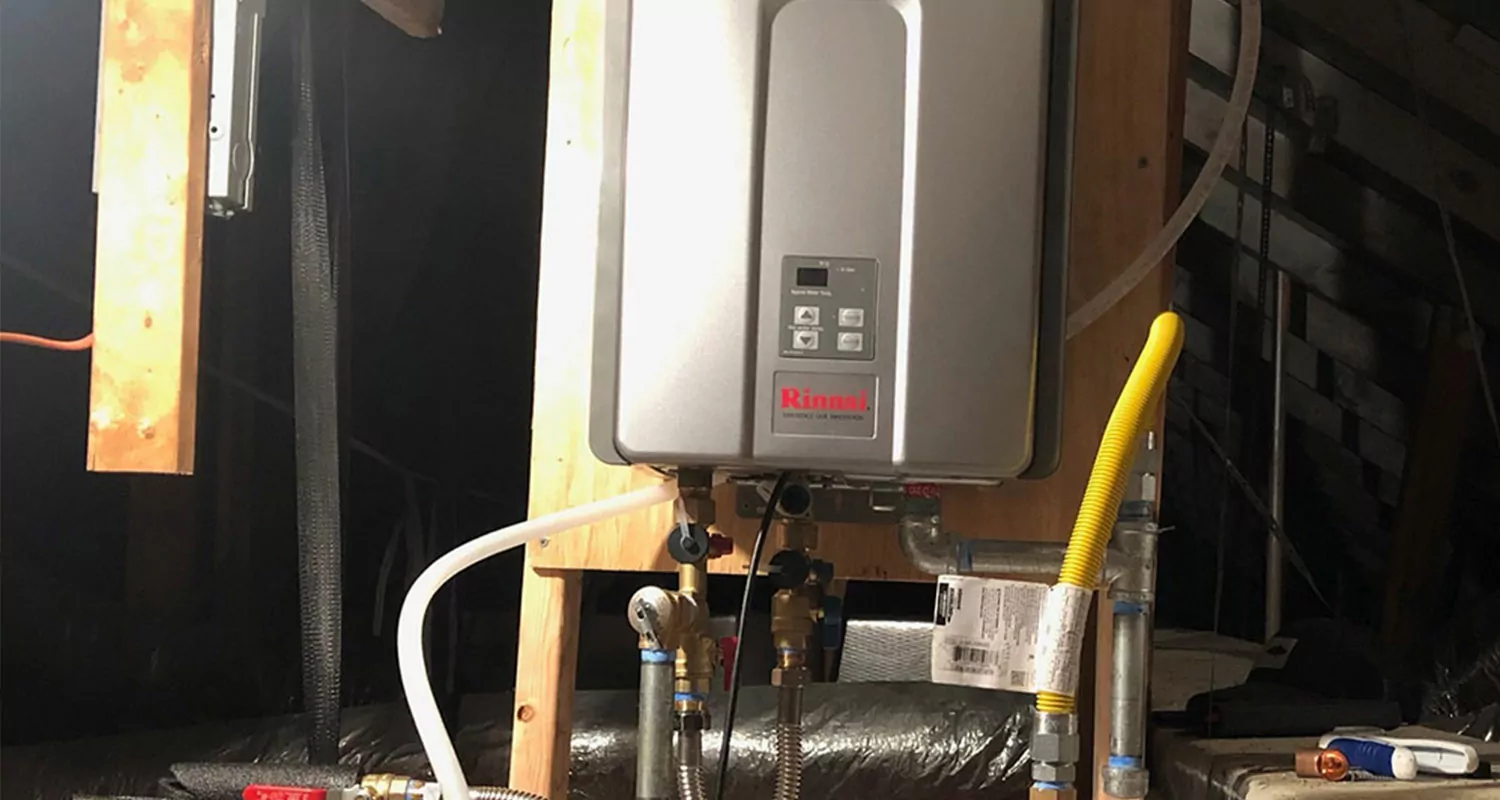Professional Advice for Caring for Your Home's Hot Water SystemTop Ways to Maintain Your Home's Hot Water System Successfully
Professional Advice for Caring for Your Home's Hot Water SystemTop Ways to Maintain Your Home's Hot Water System Successfully
Blog Article
Have you been searching for additional info on Tips For Maintaining Your Hot Water Heater?

Warm water is necessary for day-to-day convenience, whether it's for a revitalizing shower or washing dishes. To ensure your hot water system runs efficiently and lasts much longer, normal upkeep is key. This article offers functional pointers and insights on how to preserve your home's warm water system to stay clear of interruptions and pricey repair services.
Intro
Maintaining your home's warm water system could appear challenging, however with a couple of basic steps, you can ensure it operates efficiently for several years to find. This guide covers everything from comprehending your hot water system to DIY maintenance tips and understanding when to contact expert help.
Importance of Keeping Your Warm Water System
Routine maintenance not only expands the life-span of your warm water system yet likewise ensures it operates successfully. Overlooking maintenance can lead to lowered effectiveness, greater energy costs, and even early failing of the system.
Signs Your Warm Water System Needs Upkeep
Recognizing when your hot water system requires attention can protect against major concerns. Keep an eye out for indications such as irregular water temperature, weird noises from the heating system, or rusty water.
Purging the Water Heater
Purging your hot water heater eliminates sediment build-up, improving effectiveness and prolonging its life.
Checking and Changing Anode Rods
Anode rods prevent rust inside the container. Examining and changing them when worn out is important.
Facility Problems Calling For Professional Assistance
Instances consist of significant leaks, electrical troubles, or if your water heater is regularly underperforming.
Regular Expert Upkeep Benefits
Expert upkeep can consist of comprehensive assessments, tune-ups, and making certain compliance with security requirements.
Evaluating and Changing Temperature Level Setups
Adjusting the temperature setups makes certain ideal efficiency and safety and security.
DIY Tips for Maintenance
You can carry out a number of upkeep tasks on your own to maintain your warm water system in top problem.
Looking for Leakages
Consistently evaluate pipelines and links for leakages, as these can result in water damage and higher costs.
Recognizing Your Warm Water System
Prior to diving into maintenance tasks, it's helpful to understand the standard elements of your hot water system. Typically, this consists of the hot water heater itself, pipelines, anode rods, and temperature controls.
Regular Monthly Upkeep Tasks
Routine regular monthly checks can aid capture small problems before they intensify.
Testing Pressure Alleviation Valves
Testing the stress safety valve ensures it works properly and avoids extreme stress build-up.
Shielding Pipelines
Protecting warm water pipes lowers warmth loss and can conserve energy.
When to Call a Specialist
While do it yourself upkeep is helpful, some problems need professional knowledge.
Conclusion
Regular maintenance of your home's hot water system is essential for efficiency, long life, and price savings. By following these tips and recognizing when to seek professional aid, you can make certain a trustworthy supply of hot water without unexpected disturbances.
How to Maintain an Instant Hot Water Heater
Before tinkering with your hot water heater, make sure that it’s not powered on. You also have to turn off the main circuit breaker and shut off the main gas line to prevent accidents. Also turn off the water valves connected to your unit to prevent water from flowing into and out of the appliance. 2. When you’re done, you have to detach the purge valves’ caps. These look like the letter “T” and are situated on either side of the water valves. Doing so will release any pressure that has accumulated inside the valves while at the same time avoid hot water from shooting out and burning your skin. 3. When the purge valves’ caps are removed, you have to connect your hosing lines to the valves. Your unit should have come with three hoses but if it didn’t, you can purchase these things from any hardware or home repair shops. You can also get them from retail stores that sell water heating systems. Read the user’s manual and follow it to complete this task properly. When the hosing lines are connected, open the purge port’s valves. 4. You should never use harsh chemical cleaners or solutions when cleaning your unit. Make use of white vinegar instead. It should be undiluted and you’ll probably use about 2 gallons. 5. Now flush your water heater. This task should probably take about 40 minutes. We can’t give you specific directions for this because the procedure is carried out depending on the type, model and brand of your heater. With that being said, refer to the user’s manual. 6. When you’re done draining the unit, you have to turn off the purge port valves again. Remove the hosing lines that you earlier installed on each of the water valves. Put the valve caps (purge port) back in their respective places and be very careful so as not to damage the rubber discs that are found inside these caps. 7. Now that everything’s back in place, check your user’s manual again to find out how to reactivate your water heating system. 8. Once it is working, turn one of your hot water faucets on just to let air pass through the heater’s water supply pipes. Leave the tap on until water flows smoothly out of it. https://www.orrplumbing.com/blog/2014/september/how-to-maintain-an-instant-hot-water-heater/

As a person who reads about How to Maintain a Hot Water Heater in a Few Simple Steps, I imagined sharing that short article was worth the trouble. Remember to take the opportunity to distribute this post if you appreciated it. Thank-you for your time spent reading it.
Check Us Out Report this page